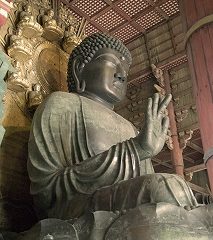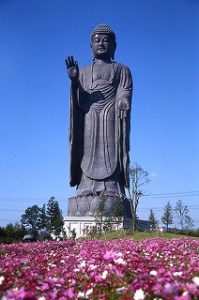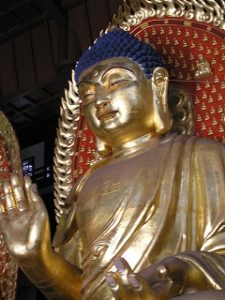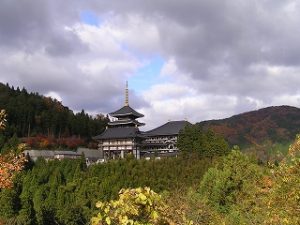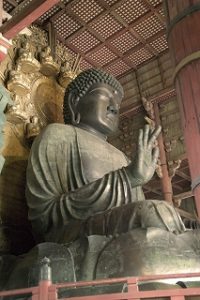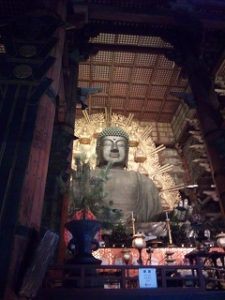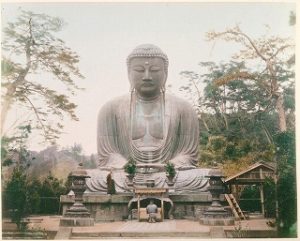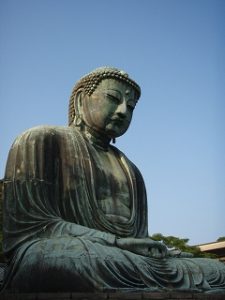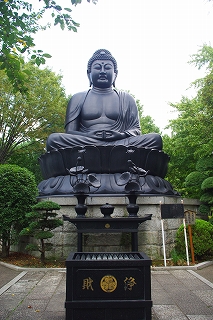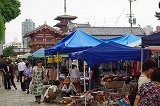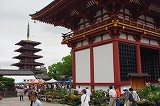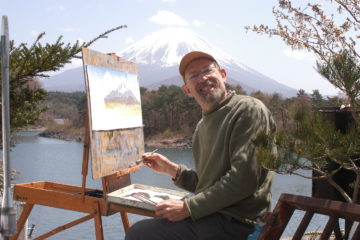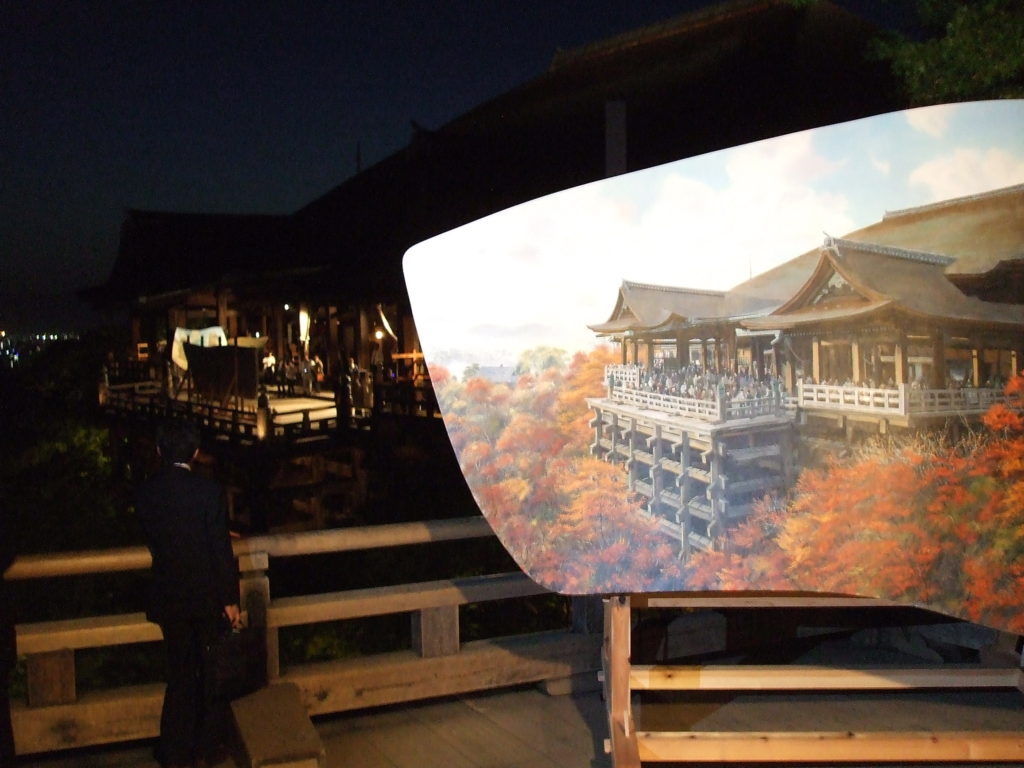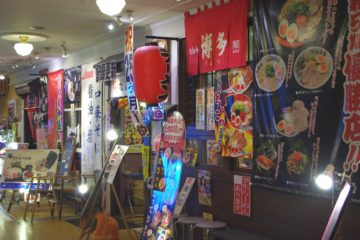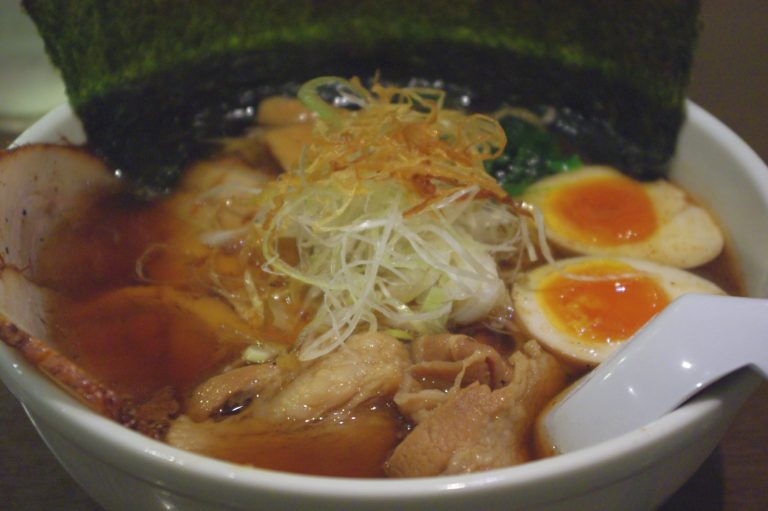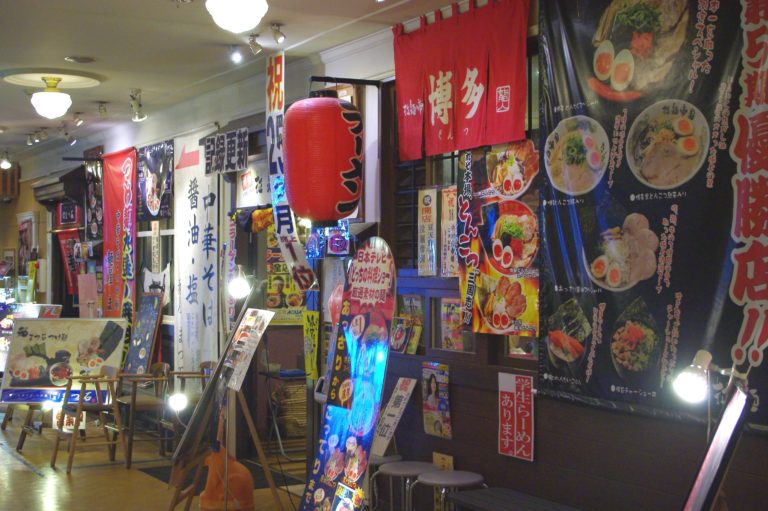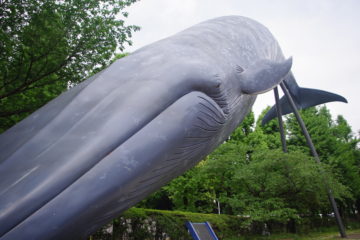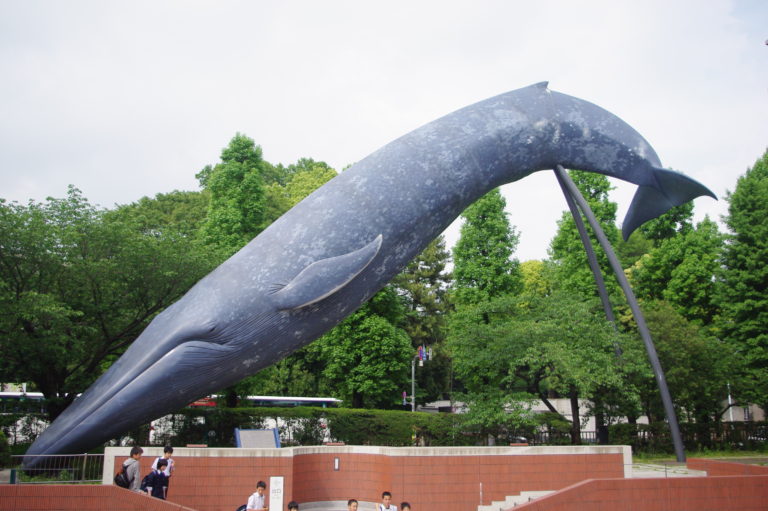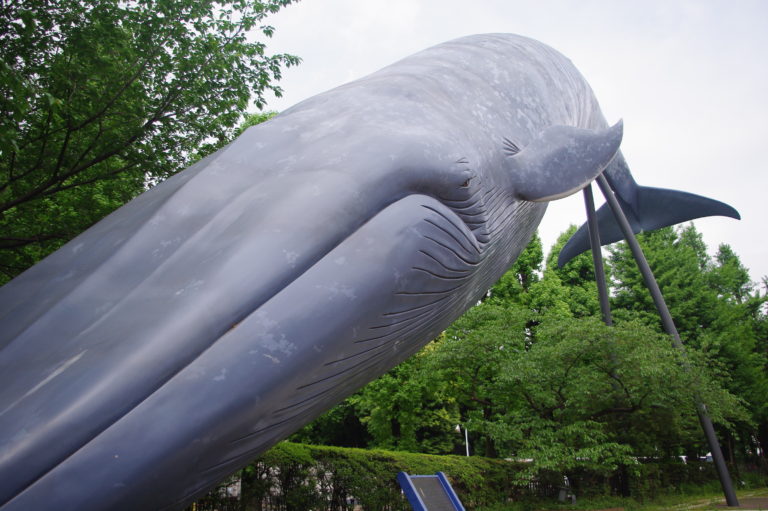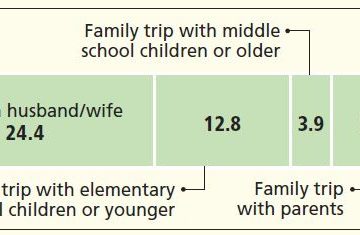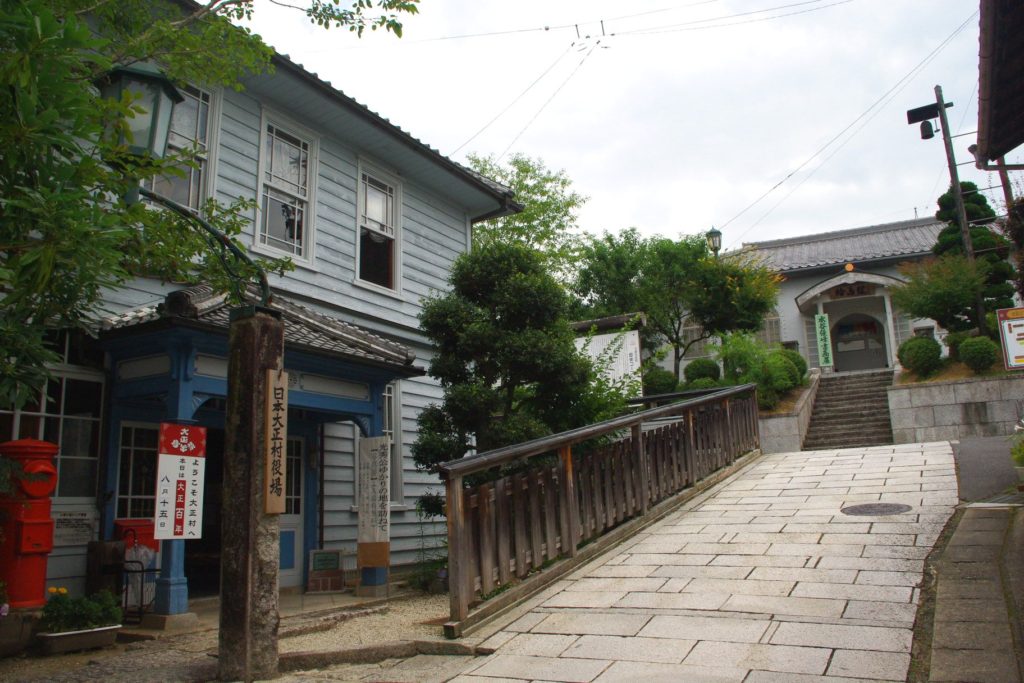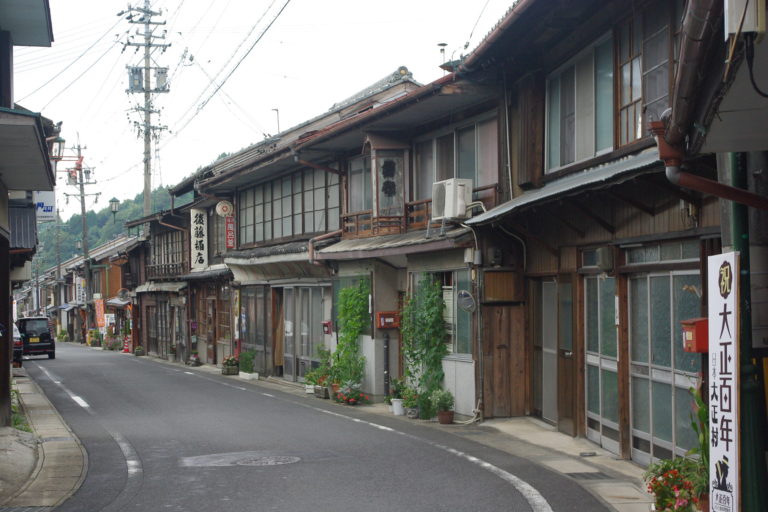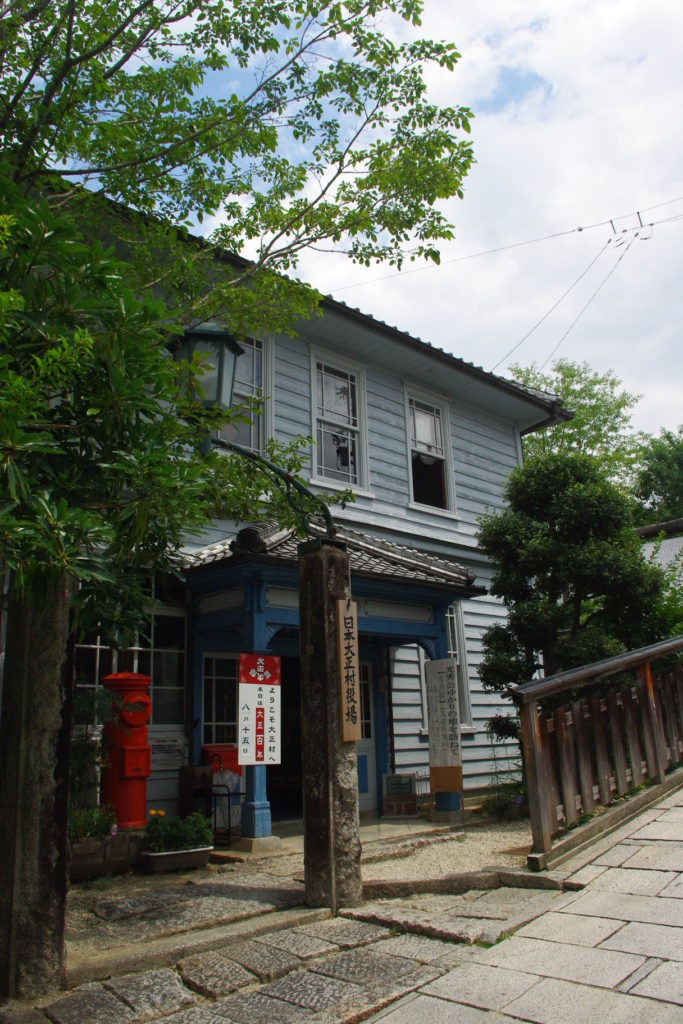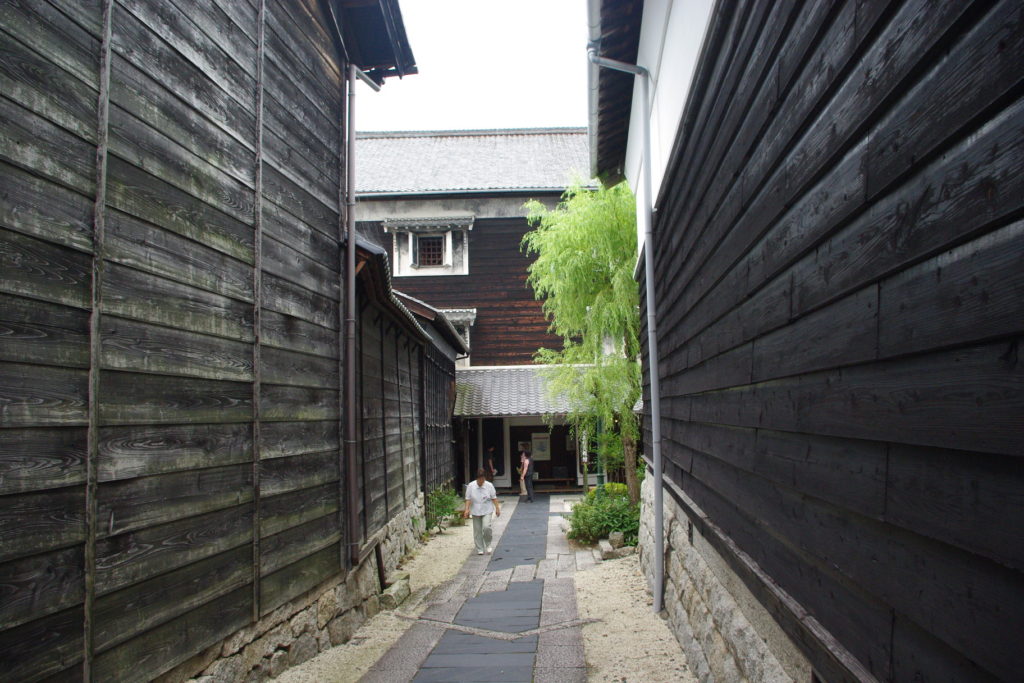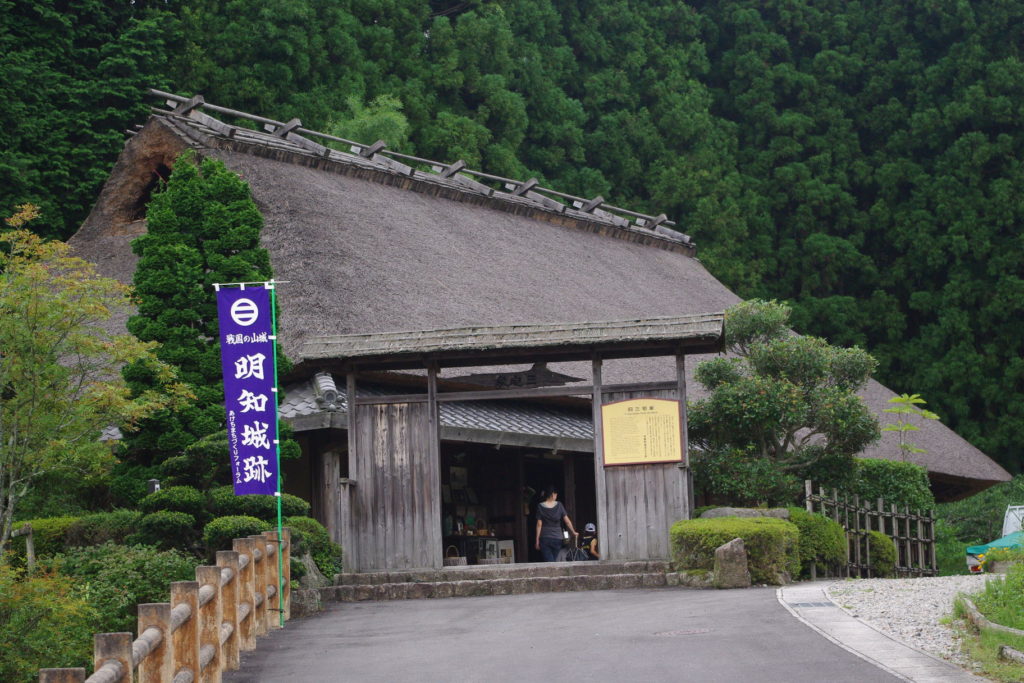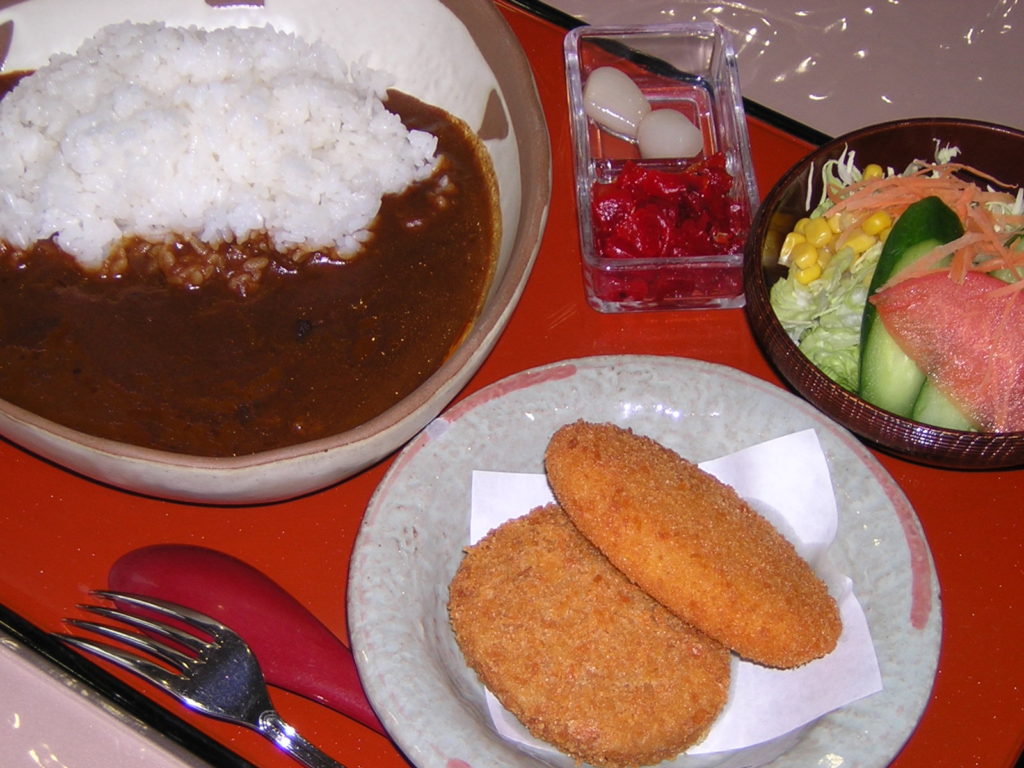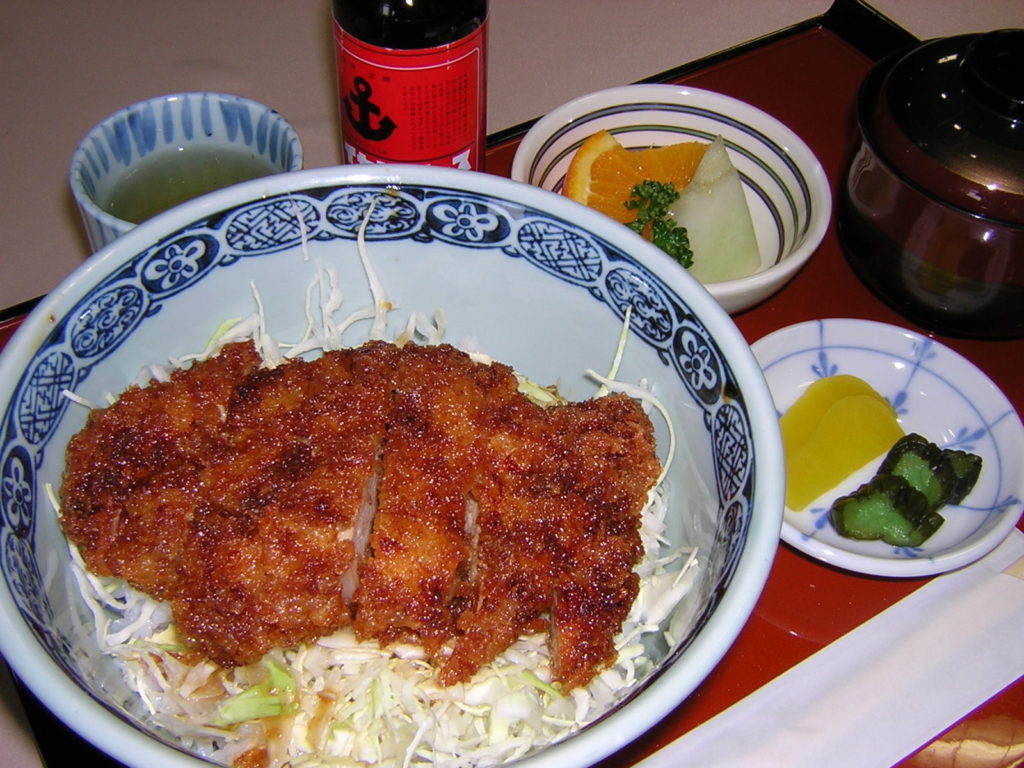
Roly-Poly Rice Balls
Once upon a time, long ago, an old woodcutter sat himself down on an old tree stump at lunchtime.
“The rice balls my wife makes are truly delicious,” he said to himself as he opened the bamboo-bark wrapping.
One of the rice balls tumbled to the ground, rolling over and over and falling into a hole nearby.
“Oh no! What a waste!”
The old man peered into the hole. From the depths he could hear this song:
- Roly-poly rice ball Rolling along
- Tumbling and falling Plop! into the hole.
“How strange,” thought the old man. “Who can be singing?”
He had never heard such beautiful singing before.
“Well then, one more.”
The old man dropped another rice ball into the hole.
As soon as he did so, the song returned.
- Roly-poly rice ball Rolling along
- Tumbling and falling Plop! into the hole.
“This is interesting.”
The old man quite happily put all the rice balls into the hole and didn’t eat even one himself.
The next day, the old man had his wife make even more rice balls than the day before. Then he climbed up to the mountains.
He waited for lunchtime, then – roly-poly, roly-poly – he dropped the rice balls into the hole.
This time he heard the same pretty song he had heard the day before, coming from the hole.
“Oh dear, oh dear! I’ve lost the rice balls. But I want to hear more…I know! I’ll go into the hole and try asking to hear it again.”
Rolling like the roly-poly rice balls, the old man went into the hole.
Down there he found a great number of mice – too many even to count.
“Welcome, old man. Thank you for all the delicious rice balls,” said the mice, lowering their little heads and bowing in gratitude to him.
“And now, to show appreciation, we will make rice cakes for you.”
The mice brought out a mortar and pestle, and singing,
- Whack! The mice are making rice cakes.
- Whack! Whack! Down in the hole.
they began to make rice cakes.
“These rice cakes are delicious. There is nothing better than your rice cakes and your song!”
After the old man had feasted on the rice cakes, he went home, carrying as a souvenir a little magic mallet that, it was said, would give him anything he wanted.
“Oh my wife, what is it that you want?” asked the old man.
“Well, there are many things I’d like to have, but how good it would be to have a lovely baby,” answered the old woman.
“Well then, let’s try it!”
The old man only had to swing the little mallet, and there was a baby on her knee.
Of course, it was a proper human baby.
And the old man and the old woman lived happily ever after, raising the baby together.
おむすびコロリン
むかしむかし、木こりのおじいさんは、お昼になったので、切りかぶに腰をかけてお弁当を食ベる事にしました。
「うちのおばあさんがにぎってくれたおむすびは、まったくおいしいからな」
ひとりごとを言いながら、タケの皮の包みを広げた時です。
コロリンと、おむすびが一つ地面に落ちて、コロコロと、そばの穴ヘ転がり込んでしまいました。
「おやおや、もったいない事をした」
おじいさんが穴をのぞいてみますと、深い穴の中から、こんな歌が聞こえてきました。
♪おむすびコロリン コロコロリン。
♪コロリンころげて 穴の中。
「不思議だなあ。誰が歌っているんだろう?」
こんなきれいな歌声は、今まで聞いた事がありません。
「どれ、もう一つ」
おじいさんは、おむすびをもう一つ、穴の中へ落としてみました。
するとすぐに、歌が返って来ました。
♪おむすびコロリン コロコロリン。
♪コロリンころげて 穴の中。
「これは、おもしろい」
おじいさんはすっかりうれしくなって、自分は一つも食ベずに、おむすびを全部穴へ入れてしまいました。
次の日、おじいさんは昨日よりももっとたくさんのおむすびをつくってもらって、山へ登っていきました。
お昼になるのを待って、コロリン、コロリンと、おむすびを穴へ入れてやりました。
そのたびに穴の中からは、昨日と同じかわいい歌が聞こえました。
「やれやれ、おむすびがおしまいになってしまった。
だけど、もっと聞きたいなあ。
・・・そうだ、穴の中へ入って頼んでみることにしよう」
おじいさんはおむすびの様にコロコロころがりながら、穴の中へ入って行きました。
するとそこには数え切れないほどの、大勢のネズミたちがいたのです。
「ようこそ、おじいさん。おいしいおむすびをたくさん、ごちそうさま」
ネズミたちは小さな頭を下げて、おじいさんにお礼を言いました。
「さあ、今度はわたしたちが、お礼におもちをついてごちそうしますよ」
ネズミたちは、うすときねを持ち出して来て、
♪ペッタン ネズミの おもちつき。
♪ペッタン ペッタン 穴の中。
と、歌いながら、もちつきを始めました。
「これはおいしいおもちだ。歌もおもちも、天下一品(てんかいっぴん)!」
おじいさんはごちそうになったうえに、欲しい物を何でも出してくれるという、打ち出の小づちをおみやげにもらって帰りました。
「おばあさんや、お前、何が欲しい?」
と、おじいさんは聞きました。
「そうですねえ。色々と欲しい物はありますけれど、可愛い赤ちゃんがもらえたら、どんなにいいでしょうねえ」
と、おばあさんは答えました。
「よし、やってみよう」
おじいさんが小づちを一振りしただけで、おばあさんのひざの上には、もう赤ちゃんが乗っていました。
もちろん、ちゃんとした人間の赤ちゃんです。
おじいさんとおばあさんは赤ちゃんを育てながら、仲よく楽しく暮らしました。

